Category: Kitchen Ventilation System Design
-
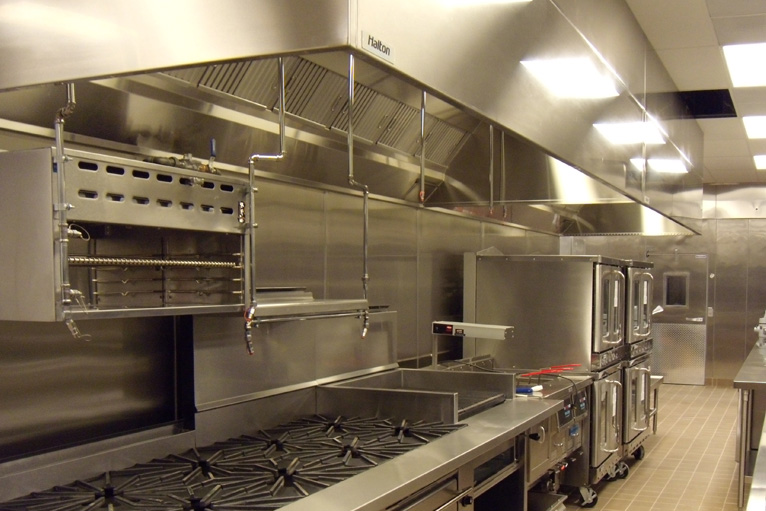
The Importance of Heat Load-Based Design for Efficient Commercial Kitchens
In today’s commercial kitchens, energy efficiency isn’t just a goal — it’s a necessity. Restaurant operators are facing rising utility costs, stricter energy codes, and higher expectations for sustainability. A well-designed ventilation system is key to an efficient kitchen, and many are now using heat load-based design to optimize it. Here’s why this approach is…
-
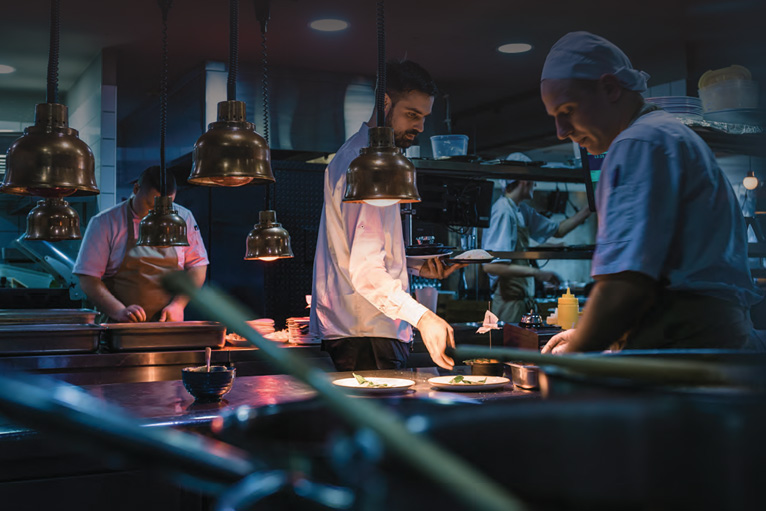
Why Good Ventilation Means Good Vibrations
Ken Schwartz FCSI, president/CEO at SSA, is a highly experienced food service design consultant. In the recently released report Kitchen Condition, he addresses the impact that ventilation can have on the conditions of kitchen employees. Ask people what the most efficient item in their kitchen is and they might guess at some sort of slicer…
-
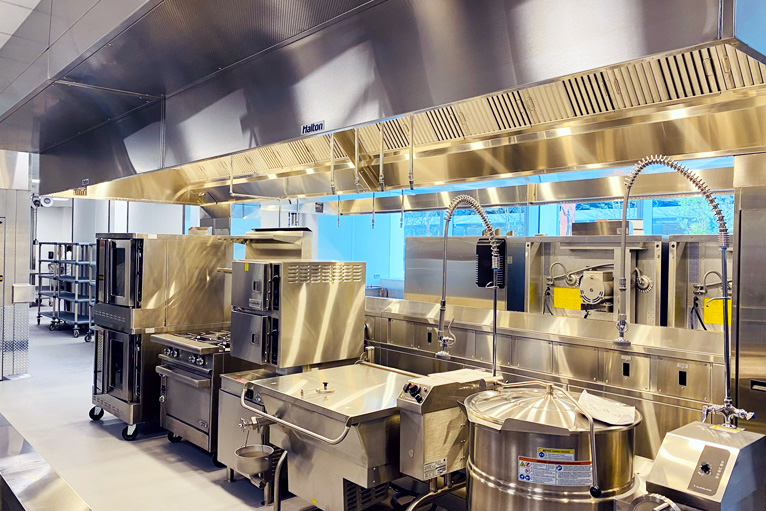
A Guide to Commercial Kitchen Ventilation: Commercial Kitchen Exhaust Hood Placement and Capture Efficiency.
This article focuses on the hood design and their placement, capture, and containment. The hood system U.L. 710 listing only provides the minimum installation requirements based on fire safety requirements. There is significantly more involved when designing for energy optimization and excellent indoor environmental quality. From a code perspective, commercial kitchen exhaust hoods are the…
-
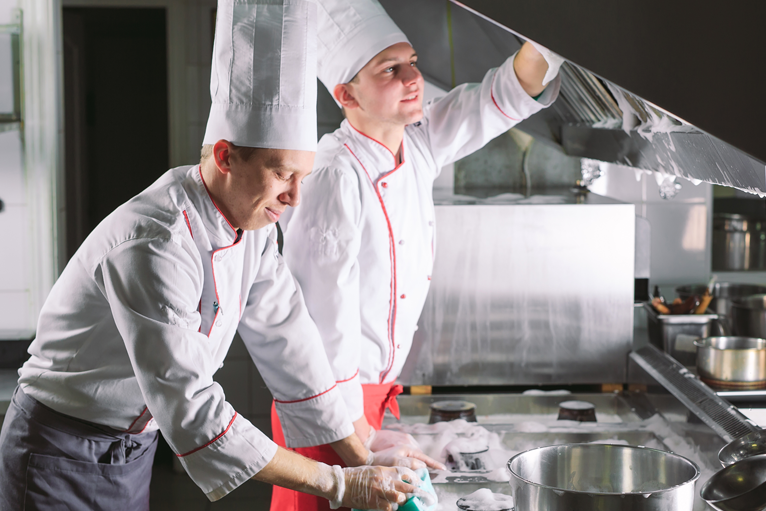
A Breath of Fresh Air: Maintaining and Cleaning Your Restaurant’s Ventilation System
Running a restaurant is a challenging but rewarding endeavor. Beyond crafting delicious dishes and delivering top-notch service, it’s essential to prioritize the maintenance and cleanliness of your restaurant’s kitchen ventilation system. A well-maintained ventilation system ensures a comfortable dining experience and plays a critical role in maintaining air quality, energy efficiency, and overall safety. This…
-

Heat Recovery Ventilation of Commercial Kitchen Exhaust is Gaining Traction.
An Exploration of factors to keep in mind and the advantages of heat recovery in commercial kitchen exhaust. With rising energy costs, food service operations are looking to leverage every energy dollar to reduce waste and minimize their environmental impact. Heat recovery systems have been around for a long time. Still, commercial kitchen exhaust systems…
-
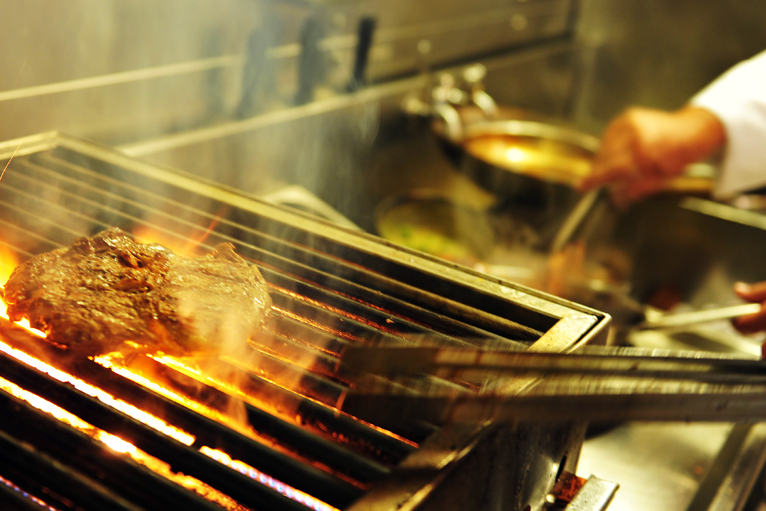
What you should know about kitchen ventilation when designing for Solid Fuel Cooking
Your Comprehensive Guide for Kitchen Ventilation Design of Solid Fuel Cooking. Of all the commercial kitchen ventilation designs, solid fuel cooking presents some significant challenges. The design should consider not only source capture, but mitigation of fire risk and system maintenance when designing. Several important factors must be considered. Here are some key points to…
-
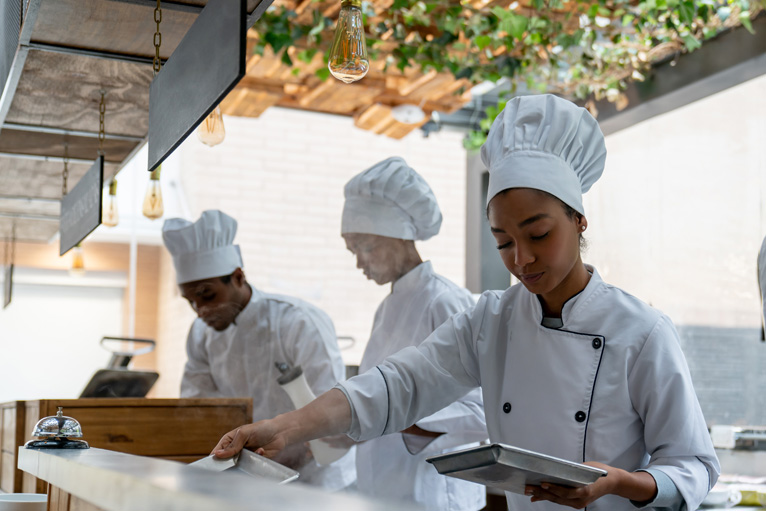
What is Carbon Neutral, and What Does it Look Like in Practice for a Commercial Kitchen?
What is carbon neutral, and what does it look like in practice for a commercial kitchen? Many foodservice operators are recognizing the importance of minimizing their environmental footprint. Resources, such as energy, foodstuffs, and waste disposal, are under price and logistical pressure. It makes sense to carefully examine how an operation can utilize these resources…
-
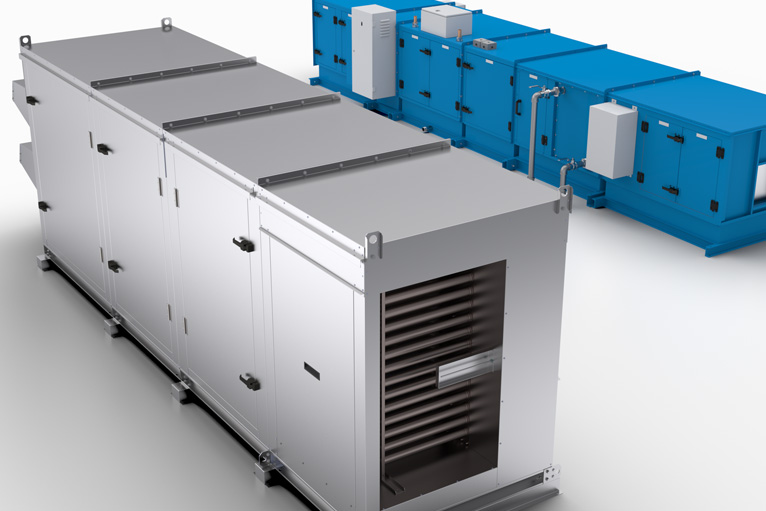
Heat Recovery in Commercial Kitchens
With the energy intensity of commercial kitchens, there are some significant opportunities to recover waste heat, save energy and reduce your carbon footprint. The most obvious area to recover heat is the kitchen exhaust hood. The typical temperature coming off the exhaust collar is approximately 100⁰ F. Recapturing that heat has its challenges since the…
-
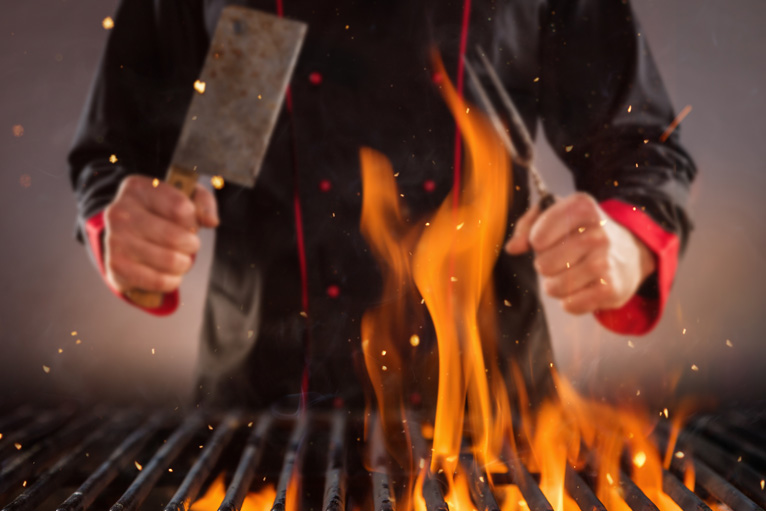
Solid Fuel Cooking Operations
Why are they different than non-solid fuel cooking operations and what are best practices when used with a Pollution Control System? As the name implies, Solid Fuel cooking operations are any cooking equipment that utilizes solid fuel for cooking the food product as opposed to using solid fuel for flavoring. Gas-operated equipment that uses solid…
-
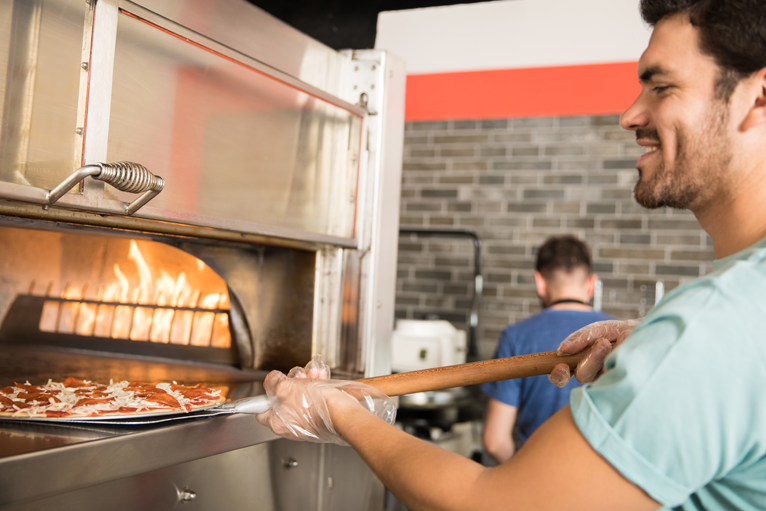
Improve Comfort and Save Money in Your Pizza Kitchen
In today’s highly competitive labor market, restaurant owners need to find ways to differentiate themselves to attract and retain top talent to their teams. One way that’s often overlooked is the comfort of the working environment. For restaurants, this translates into improving the comfort of the kitchen. Not only does a hot kitchen drive down…
